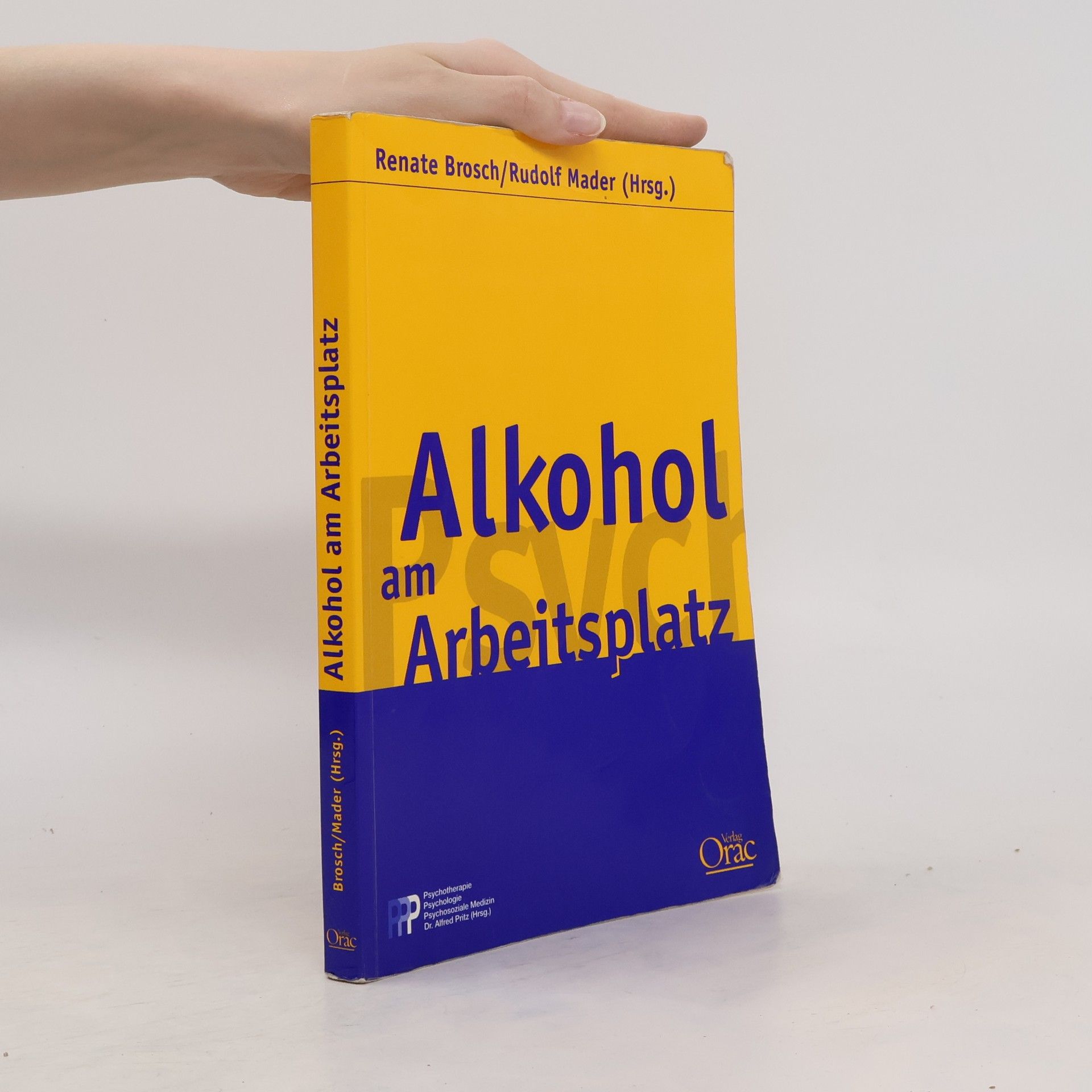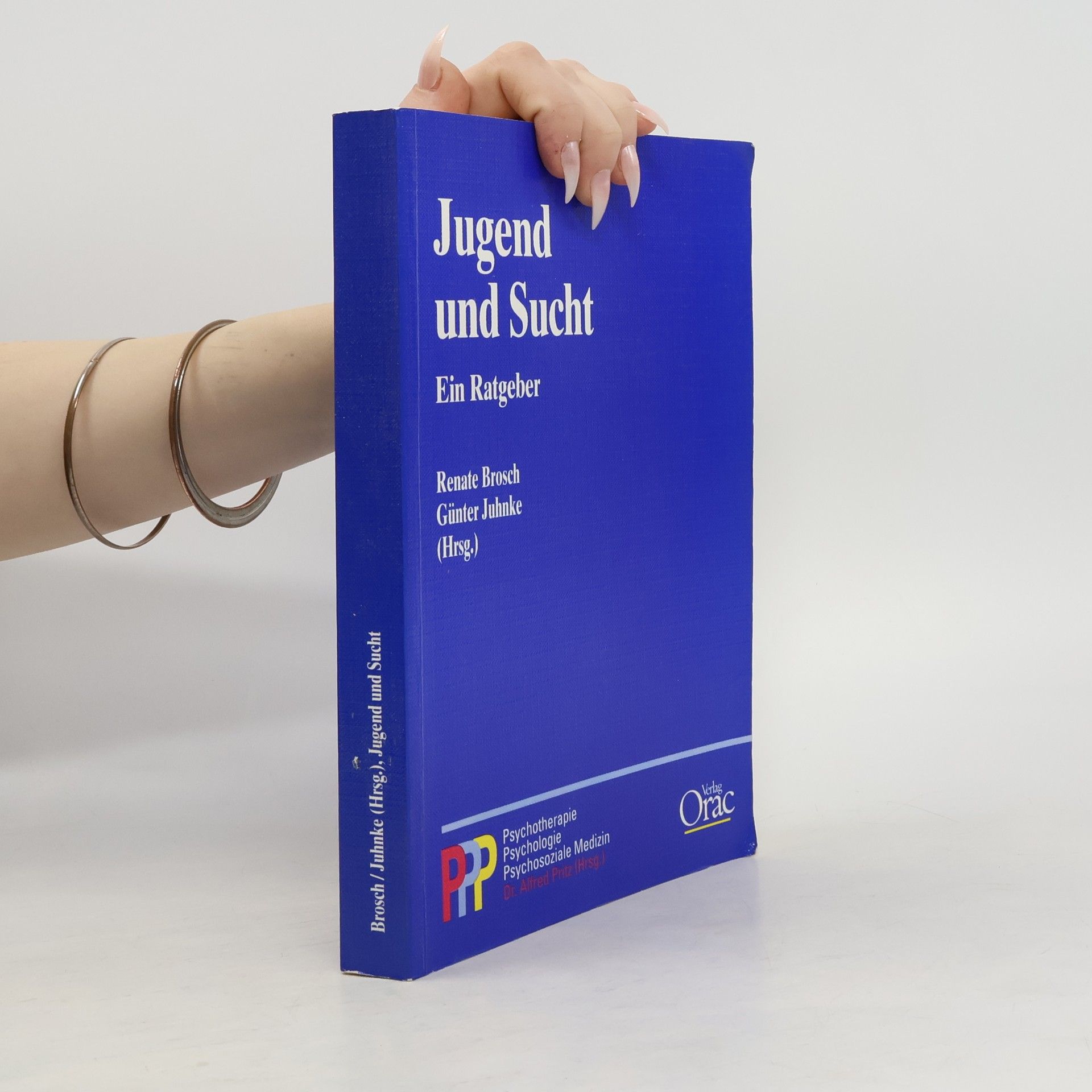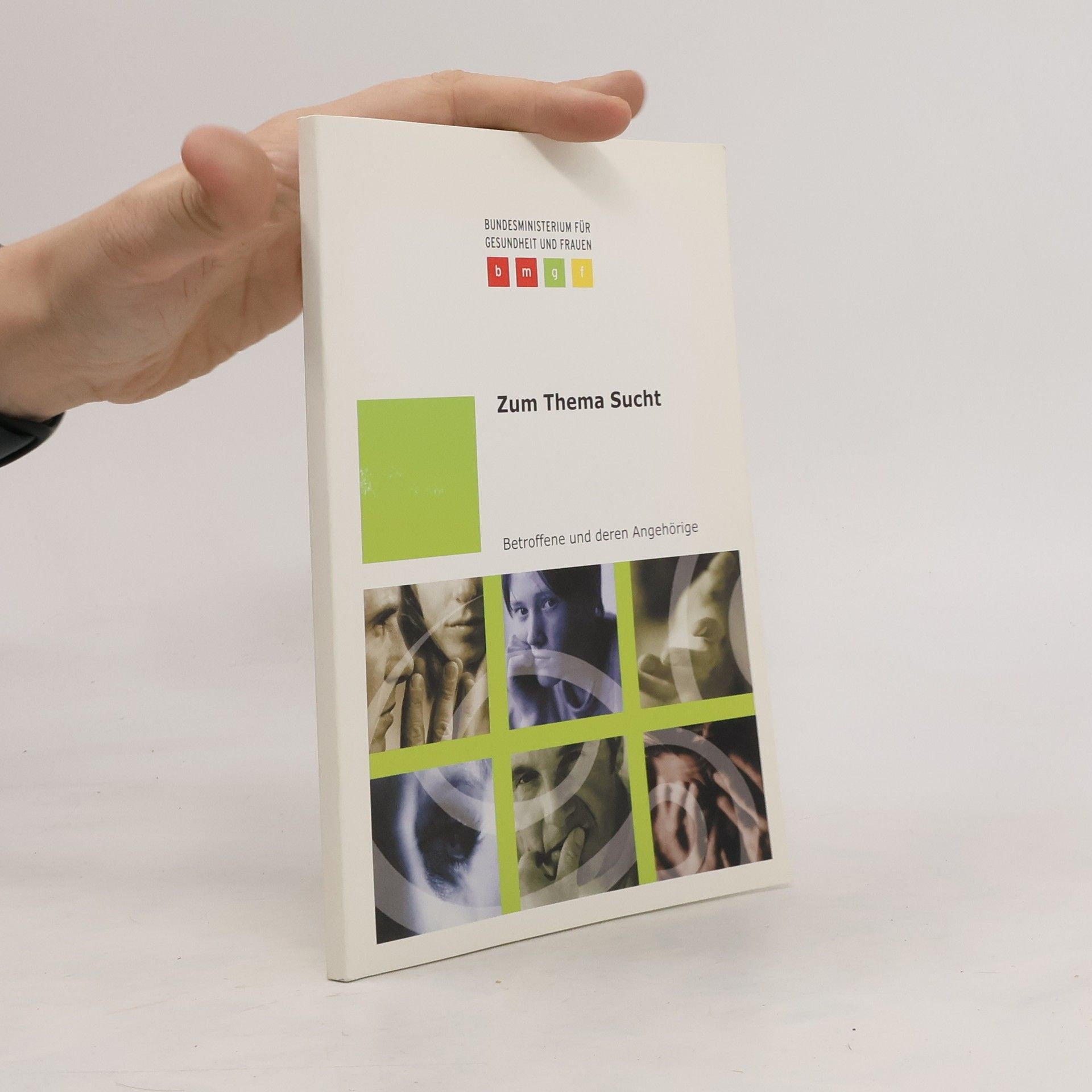Renate Brosch Livres




Dieses Buch bietet eine unverzichtbare Grundlage für alle, die sich in ihrem beruflichen Umfeld mit der Thematik beschäftigen (müssen). Wie sehr Alkohol und Alkoholismus in Österreich verbreitet sind, wird anhand einer Fülle aktueller epidemiologischer Daten deutlich. Die Symptomatik der Alkoholabhängigkeit, deren Behandlung sowie kriminologische und rechtliche Aspekte werden in diesem Werk übersichtlich dargestellt. Grundsätzliche Überlegungen zum Thema Alkohol als Wirtschaftsfaktor und zur Kosten-Nutzen-Analyse für Suchtpräventionsmaßnahmen in Betrieben liefern die Grundlage für spezifische Maßnahmen. Arbeitsrechtliche Aspekte und die Perspektive der Allgemeinen Unfallversicherungsanstalt finden ebenso Berücksichtigung wie die Sichtweise der Gewerkschaft. Jugendliche als eigenständige Zielgruppe suchtpräventiver Maßnahmen und Mobbing als eine mögliche arbeitsplatzbezogene Ursache von Suchtproblemen bleiben ebenfalls nicht unbehandelt. Abschließend wird eine Reihe von betrieblichen Beispielen gelungener Umsetzung von Maßnahmen der Suchtvorbeugung beschrieben.